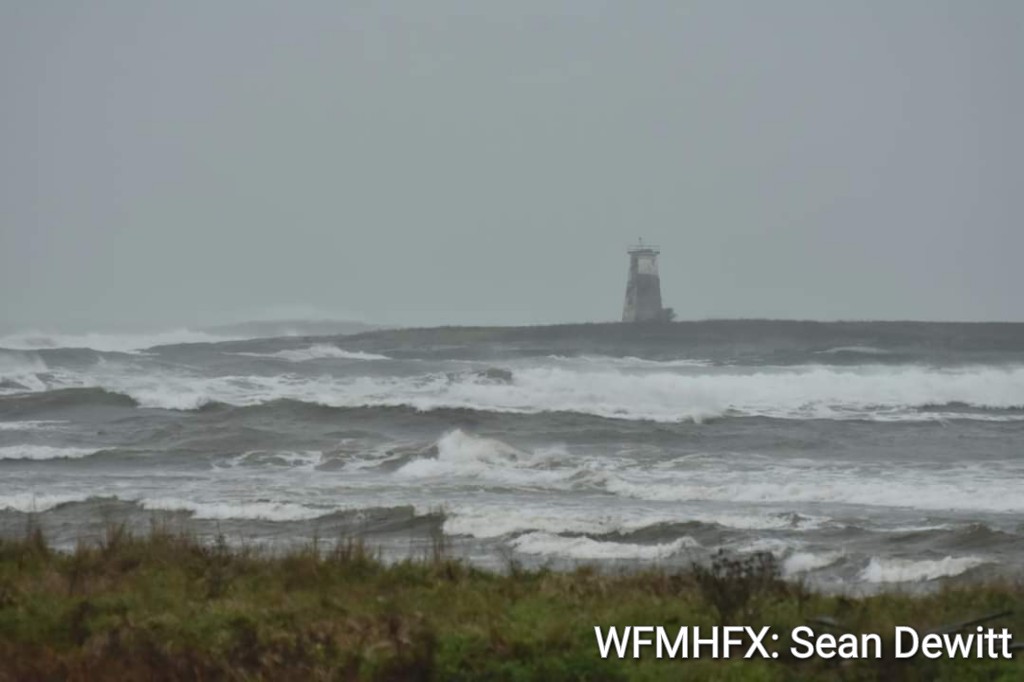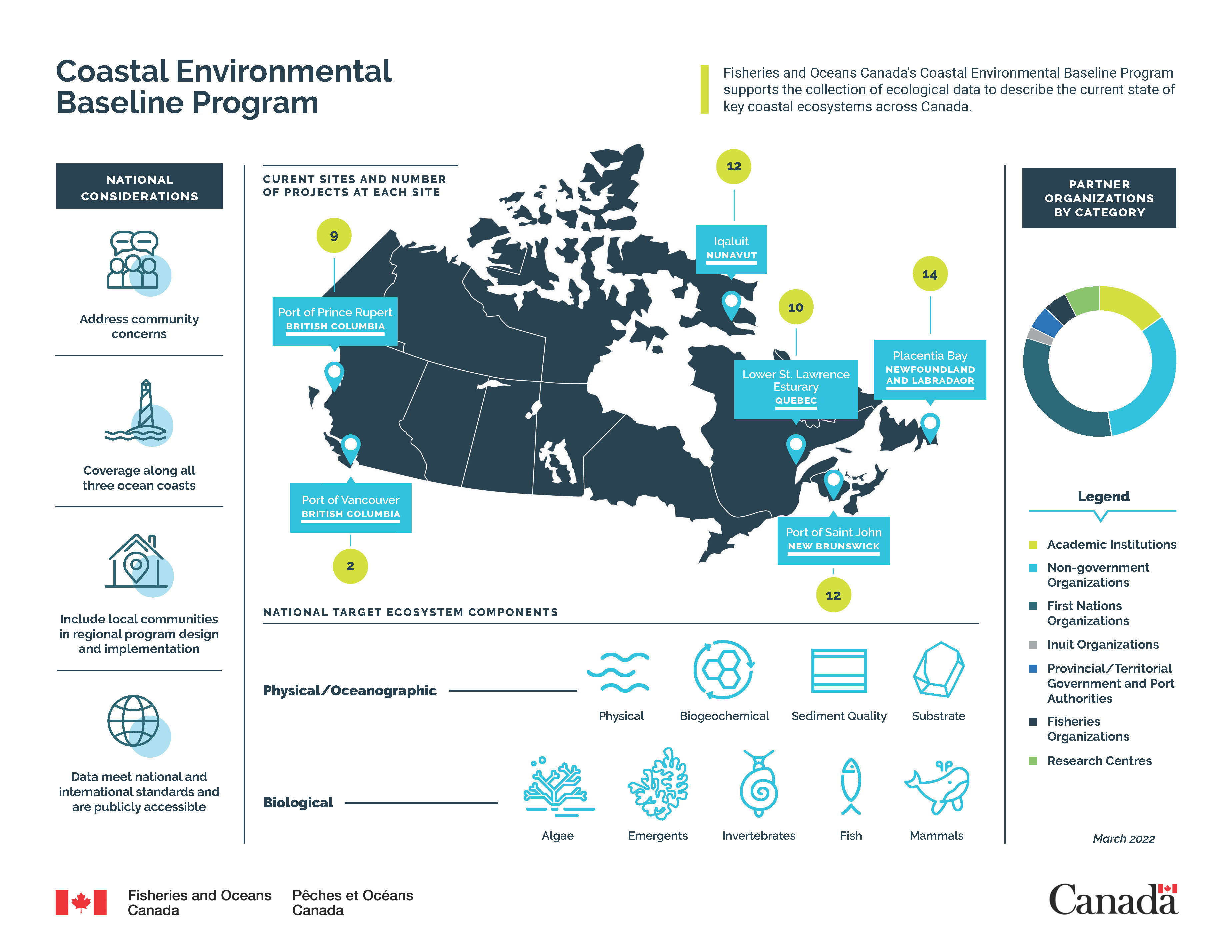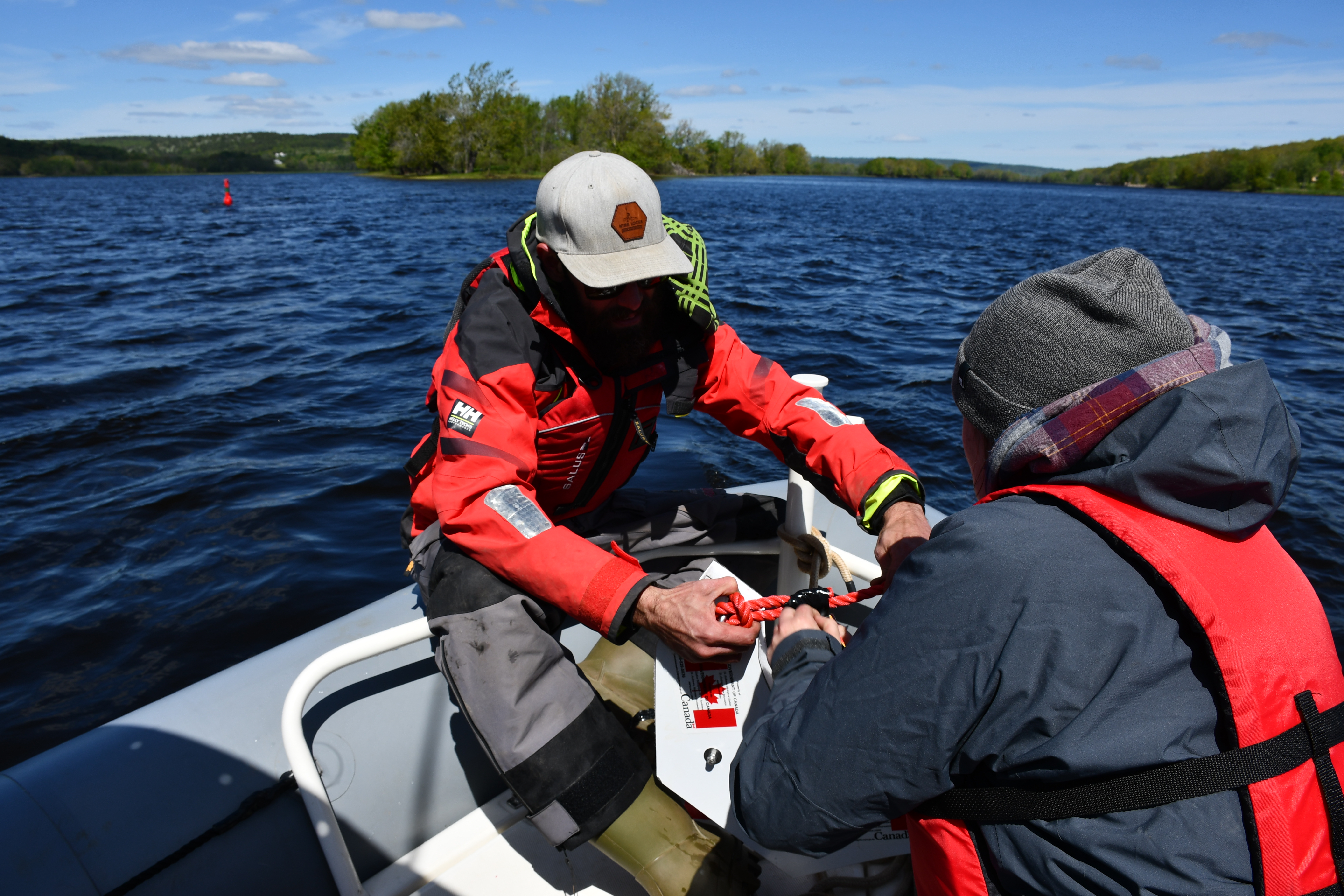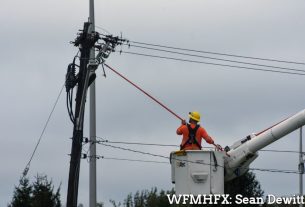**** DFO Media Release
DFO Coastal Environmental Baseline Program
We established the Coastal Environmental Baseline Program (Baseline Program) in 2017, as one of the initiatives under the Protecting the Marine Environment pillar of the Government of Canada’s Oceans Protection Plan. We contribute to coastal and waterway protection by providing funding for scientific activities that help us learn more about Canada’s coastal ecosystems.
Coastal ecosystems provide important habitat for species and essential ecosystem services both to local communities and the rest of Canada. These ecosystems are facing strong pressures, such as climate change, marine traffic and development. The more we know about these ecosystems, the better we can plan for and support coastal management.
Goals
The Baseline Program supports the collection of ecological data to describe the current state (baseline) of key coastal areas across Canada.
The data is collected by Fisheries and Oceans Canada scientists and a growing number of partners, including First Nations, Inuit, environmental non-government organizations, fisheries associations, academia and local governments.
The Baseline Program takes a collaborative approach to delivery through partner engagement and co-development of priorities for data collection.
Overview
Data collection projects are currently underway at 6 key coastal sites:
- Placentia Bay, NL
- Port of Saint John, NB
- Lower St Lawrence Estuary, QC
- Iqaluit, NU
- Port of Vancouver, BC
- Port of Prince Rupert, BC
Each project considers a full breadth of physical and biological characteristics to better understand the current state of each coastal ecosystem.
Projects involve a variety of activities, including:
- field work
- performing laboratory analyses
- supporting technical training
- contributing to student stipends
- supporting local employment
- purchasing scientific equipment
- outreach and engagement activities
Data collected through the Baseline Program will be openly available and compatible with international standards.
Projects
As of 2021, the Baseline Program has supported 60 projects with 40 different partners throughout Canada, providing approximately $4.6 million in funding per year across all partner-led projects.
Find out more about our current baseline projects:
- Placentia Bay, Newfoundland and Labrador
- Port of Saint John, New Brunswick
- Lower St Lawrence Estuary, Quebec
- Iqaluit, Nunavut
- Port of Vancouver, British Columbia
- Port of Prince Rupert, British Columbia
- national
For more information, visit Introduction to the Baseline Program.







